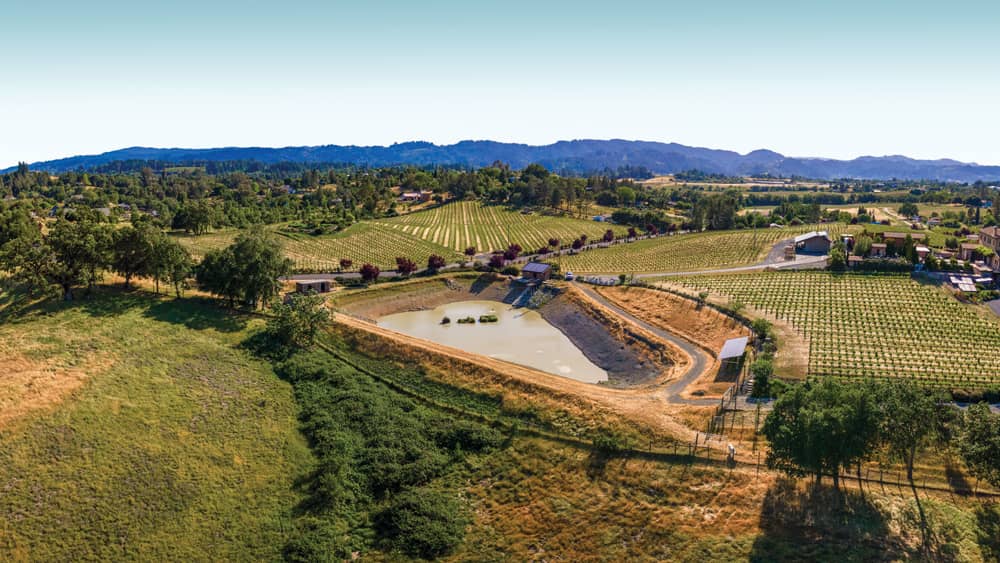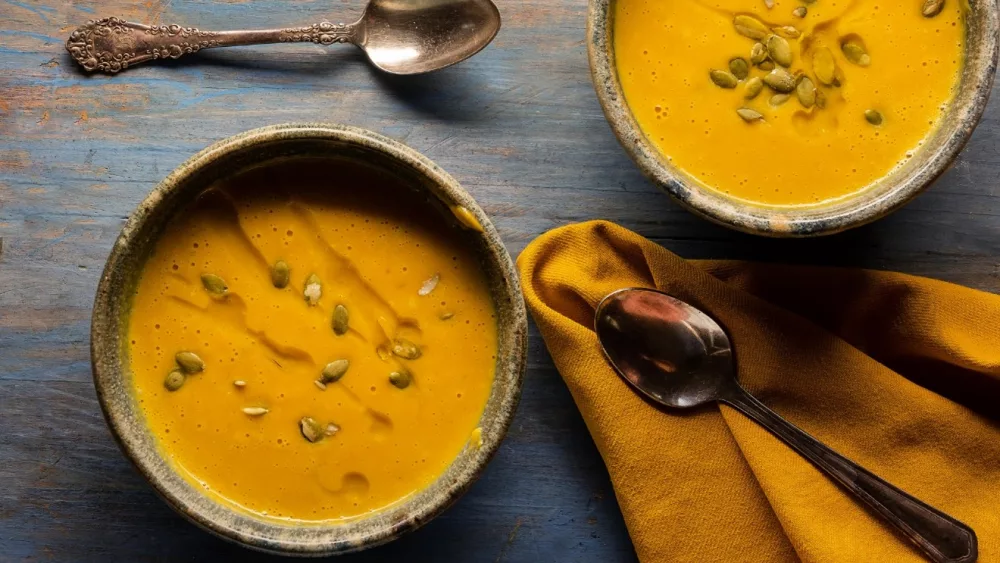
The diminishing returns of a pond amid drought.
The last 22 years have been the driest the American West has seen within the last 1,200 years, according to a recent study published by climate scientists at the University of California, Los Angeles. Referring to this period as a “megadrought,” the study’s authors warn that conditions may only get worse.
Not only is it dryer, but it’s also getting hotter. The average temperature in the region has risen about 2 degrees Fahrenheit since the 1950s. The increasing temperatures, coupled with less moisture from rain, resulting in a negative feedback loop of faster evaporation, dryer soils and reduced water flow in rivers, streams and lakes.
The combination of less atmospheric moisture and hotter conditions has resulted in more wildfires. Whereas in 2010 134,462 acres burned in California, by 2020 a record-breaking 3,154,107 acres had gone up in flames. And although 2021 didn’t break the record (“only” 2,568,948 acres burned), everyone living in California has become aware of the risks of yearly out-of-control wildfires, with those in the wine industry particularly wary.
The damage from wildfires to California’s wine industry in 2020 is currently estimated at nearly $4 billion. These losses include damaged or destroyed property, wine inventory, grapes and lost sales of wine made from ruined grapes.
Smoke taint
The threat of wildfires to lives and livelihoods is real for everyone, but those in the wine industry face an added threat—smoke-tainted wine. Volatile chemical compounds from noxious smoke and soot can adhere to the waxy layer of the grape skins. Over time some of these compounds can be incorporated and metabolized by the grapes themselves, causing a host of negative issues to both flavor and physiology that can linger in the final wine, resulting in an unpleasant taste known as “smoke taint.”
Wine-industry professionals alongside scientists and entrepreneurs are working feverishly to develop ways of testing to determine if smoke-exposed grapes are tainted. Another line of exploration has been to develop methods to remove or even mask the offending smoke taint chemicals in a final wine. Both lines of exploration have proven difficult.
First, the exact chemical compounds responsible for smoke taint have been challenging and expensive to isolate. Second, even when such tests have been performed, the exact concentration of what constitutes “too much” of any given smoke-taint chemical depends on a range of factors—what cultivar is being tested, the stages of its maturation when exposed, even the time of day of exposure—that conspire to make an inexact science even less exact. Finally, a wine made with tainted grapes can seem fine through the aging process but then—even years later—the dreaded smoke taint can be reactivated by enzymes (glycosidases) in saliva. This results in the release of malodorous chemical compounds.
These three factors—limits to testing, inexact and variable concentration thresholds, and possible hidden threats within wines that have previously tested as okay—have all conspired to make smoke taint one of the most costly and challenging threats to the wine industry in recent years.
A ray of hope?
A study released earlier this year, “Natural product phenolic diglycosides created from wildfires, defining their impact on California and Oregon grapes and wines,” published in the Journal of Natural Products by authors Crew et al., has presented findings that go a long way to advance the science of smoke taint.
This ambitious study is built upon years of earlier work—much of which came from that being done at the Australian Wine Research Institute—where researchers had earlier isolated a host of diglycosides, or “biomarkers,” for smoke taint.
Using that earlier work’s findings, Crew et al. tested more than 218 grape and wine samples from more than 21 different grape-growing regions in California and Oregon between 2017 and 2021. What they found was that the intensity of wildfire smoke is correlated with specific biomarker concentration levels and that threshold levels vary between different grape cultivars and varietal clones. Moreover, they showed that smoke-tainted wines (even those with undetectable off-flavors using sensory analysis) often contain biomarkers that lingered in aged wines for years.
The good news is that researchers are refining our understanding of smoke taint and determining more effective methods for testing if exposed grapes have any hope of being made into non-tainted wine. The less good news is that, given the megadrought and rising temperatures, it’s likely exposure of wine grapes to wildfire smoke remains an ongoing threat, now and into the foreseeable future.




